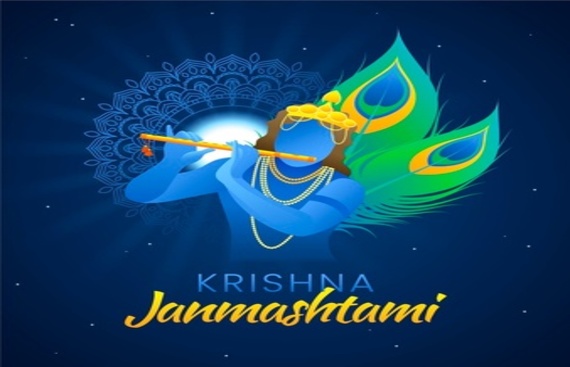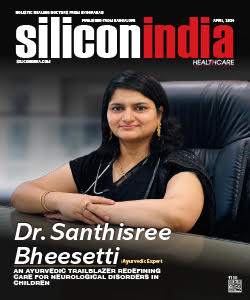Janmashtami 2021: This One's for Unity

Festivals have always been considered fundamental pillars of social life. The expressive way to celebrate glorious heritage, culture, and traditions brings our friends and family together. It offers us a distraction from our daily routine and inspires us to remember the importance of social being. Our elders have named festivals to pass the legends, knowledge, and traditions to the next generation. Now it has some additional and vital roles to play. The famous story of lord Krishna has inspired generations in various ways. So does the Krishna Janmashtami, the birth anniversary of Lord Krishna. According to Hindu mythology, he is one of the avatars of Lord Vishnu. His friendship inspires people with Sudhma, his simple living style, leadership quality, his humble and loving nature.
In the tale of Mahabharata, Lord Krishna was the charioteer of Arjuna. He enlightens Arjuna on various segments of life like Dharma (righteous path), Karma (deeds), Theistic Devotion, Yogic ideals, salvation, knowledge, etc. The verses are mentioned in the book and are often known as a life guide or spiritual dictionary. As per the mythology, Lord Krishna stated that whenever there will be standing of evil deeds in this universe, he will revive in various looks and attire to show the path of right and peace to people. The solitary reason for celebrating Janmashtami is bringing people together to reinforce the principles of unity.
Even it is an Indian festival, it has diversity in nature and geographical location. Every location has a different relationship between the festival and its environments, the economic and socio-cultural impacts of it, and the management of the festival.
From Dahi Handi to Raslila
![]()
The standard practices of the celebration are fasting, singing, praying together, preparing and sharing special food, night vigils, and visiting Krishna or Vishnu temples. Major Krishna temples inaugurate recitation of "Bhagavata Purana and Bhagavad Gita”. Many communities organize dance-drama events called Rasa Lila or Krishna Lila. People decorate their homes and temples with flowers, diyas, and lights. The temples of Mathura and Vrindavan witness the most outrageous and colorful celebrations, as Lord Krishna is believed to have been born and spent his growing years there.
Devotees also perform Raslila to remember the incidents from Krishna's life and commemorate his love for Radha. An idol of an infant, Krishna is bathed and placed in a cradle at midnight because he was born at that time. Maharashtra performs a joyous celebration of this festival as people enact Krishna's childhood endeavors to steal butter and curd from earthen pots. It is called the Dahi Handi celebration, for which a matka or pot full of butter, dry fruits, and milk is hanging high above the ground, and people form a pyramid to reach it and eventually break it. This is one of the many key celebrations of the day. It represents the kid Lord Krishna was named "Makhanchor," or the one who steals butter. The event is the narration of the butter stealing activity and teaches teamwork principles.
Footprints of prosperity
![]()
Well, in south India, it has some different rituals to follow. In Kerala, Janmashtami is famous as Gokulashtami. People visit nearby temples and regional practice rituals. Guruvayoor temple is famous for Lord Krishna. In Tamil Nadu, people adorn the floor with kolams (decorative pattern drawn with rice batter). Devotional songs like Geetha Govindam are sung in praise of Krishna. And the practice of drawing footprints of Krishna from the threshold of the house till the pooja place signifies the arrival of Krishna into the house.
A performance of Bhagwadgit, which says fruits, betel, and butter are essential ingredients for Krishna's offerings. The most essential of them are Seedai, Sweet Seedai, Verkadalai Urundai. The devotees observe a strict fast on the day and eat after the midnight puja. In Andhra Pradesh, devotees focus on reading shlokas and devotional songs as the characteristics of the festival. An adorable practice of the festival is the young boys are dress up as Krishna, and they visit neighbors and friends. After offering the sweets and fruits to Lord Krishna, these would be distributed among the visitors. Even in Andhra, people observe fast and joyful chanting of Krishna's name in quite a few temples. More and less, the people of Karnataka follow the same practice to worship lord, Krishna. Instead of observing complete fast, people will avoid "musre," rice. They prepare different food items and offer them to Lord Krishna.
People have witnessed the heavy rain and thunder on every Janmashtami. They believe it as a fortune and depict the birth of Lord Krishna. As per mythology, when Krishna was born, there was heavy rain and thunder, amidst which Vasudev carried him on his head through the Yamuna River and reached Nanda's house. There is another vital ritual of offering cucumber to Krishna. It is believed that Nandlal is delighted with the cucumber and takes away all the troubles of the devotees. As per beliefs, it is considered fortunate to cut it at midnight. It symbolizes the cut of the 'umbilical cord' to separate the Krishna from the mother, Devaki.
Hence, the practices of the festival demonstrate integrative sites between tangible and intangible heritage.
Read More News :





.jpg)